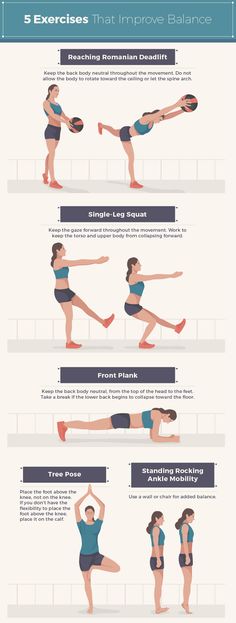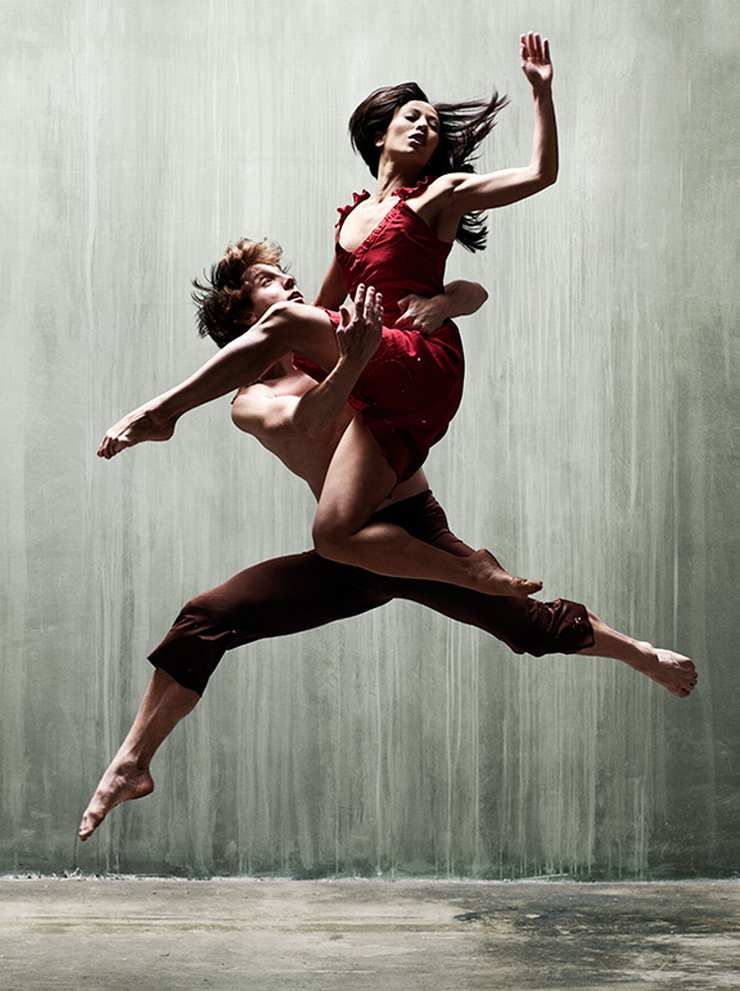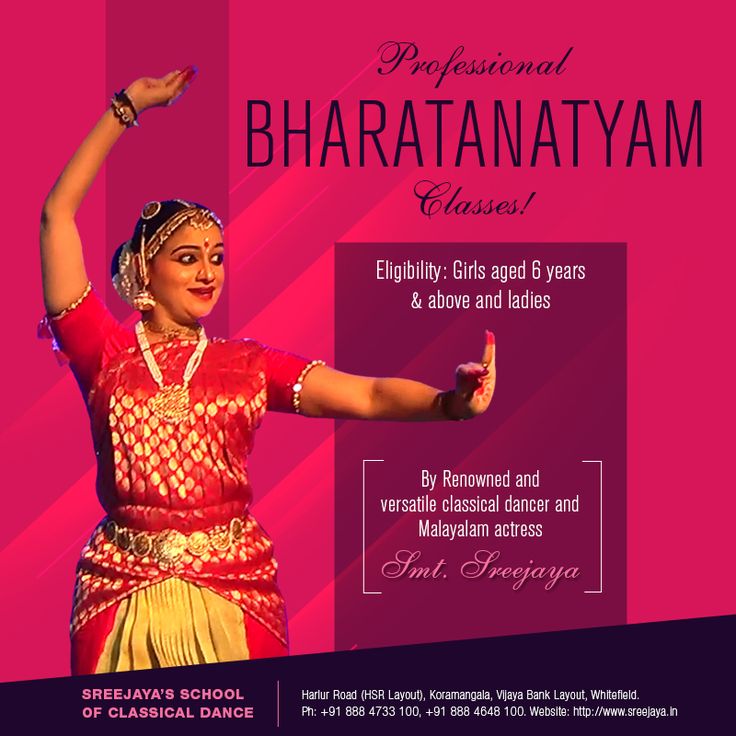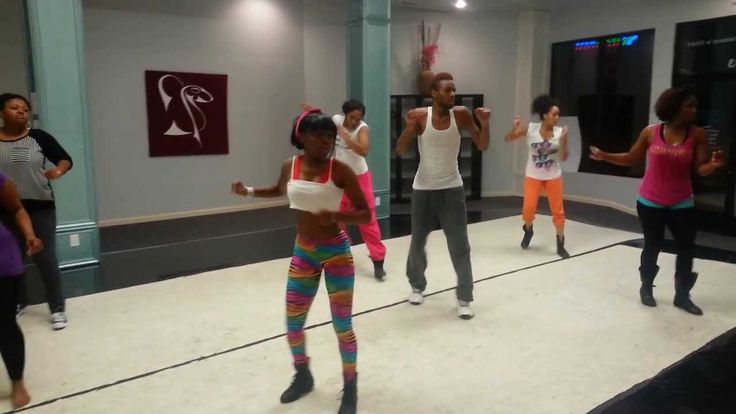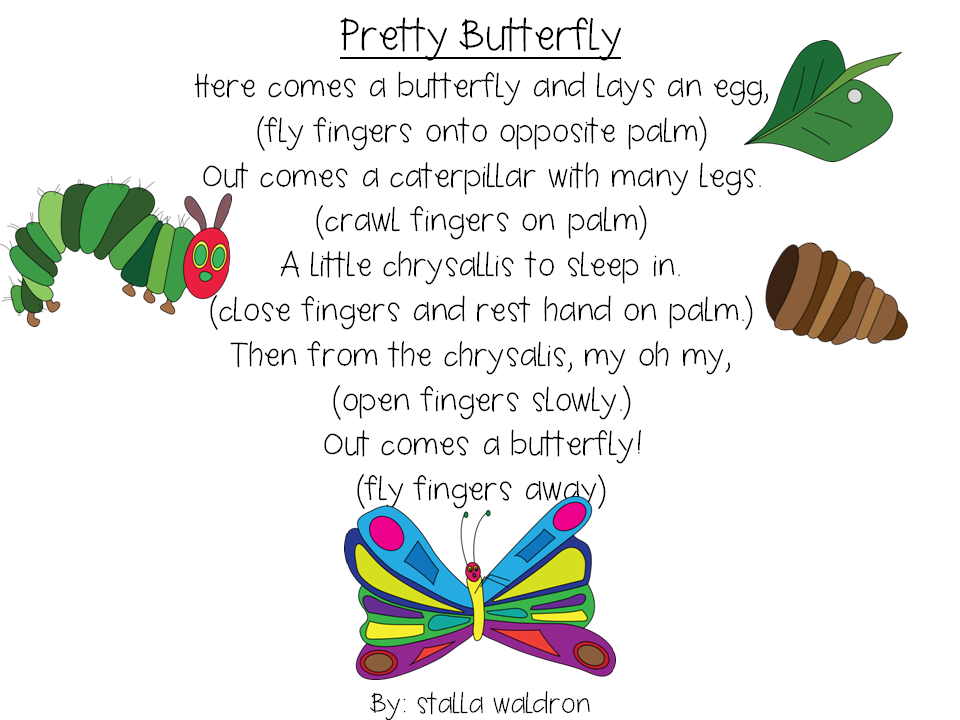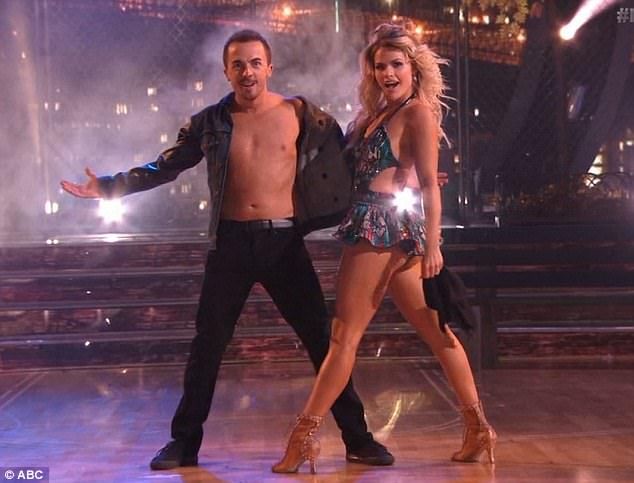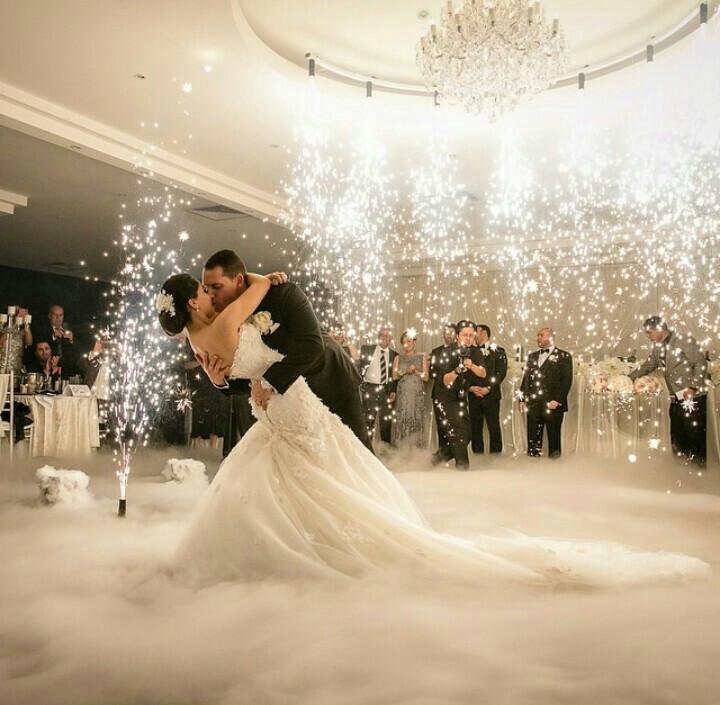How to improve your arch for dance
7 steps to a better arch — A Dancer's Life
Dream arches in the Energetiks Pivot 360 Tech Fit shoe
There are many things on every dancers wish-list; flexibility, musicality, a nice arabesque, fast allegro, long, elegant limbs (an insensitivity to pain maybe?!), but possibly the all-time most yearned after feature for any bun-head is a beautiful pointe.
Feet have been a crucial component to the aesthetics of dance ever since Marie Taglioni brazenly went to new heights by stepping 'en pointe' during that game-changing performance of La Sylphide in the seventeenth century. Since then dancers have aspired to elongate the line of the body as much as possible, and beautifully pointed feet with a high instep and pronounced arches isn’t just an extension of that line, it’s also a point of pride amongst dancers, and a testament to the incredible specialisation of a dancer’s body (no one is born with feet like Zakharova … not even Zakharova!).
There is still a large part of your capacity for pointe that is determined by genetics though. Not every dancer is going to be blessed with the ability to get rubber-like bendy feet. However that's not to say that you can't significantly enhance what you're born with. Through gently stretching the ligaments and strengthening the muscles over time, you can enhance the instep, arch, pointe, strength and flexibility of your feet and give yourself the very best pointe possible!
Here are our top tips for improving your pointe:
1. It's all about resistance.
Whether it's the resistance you create through the floor, or artificial resistance - such as with a thera-band or by wearing pointe shoes or demi pointes during class - the more your feet have to work through the demi-pointe and articulate all the way through the intrinsic muscles of the foot the better. Note: this is very different to 'forcing it. For example, when dancers get friends to sit on their feet for extended periods of time, or wedge their toes under hard surfaces and force their knees to straighten.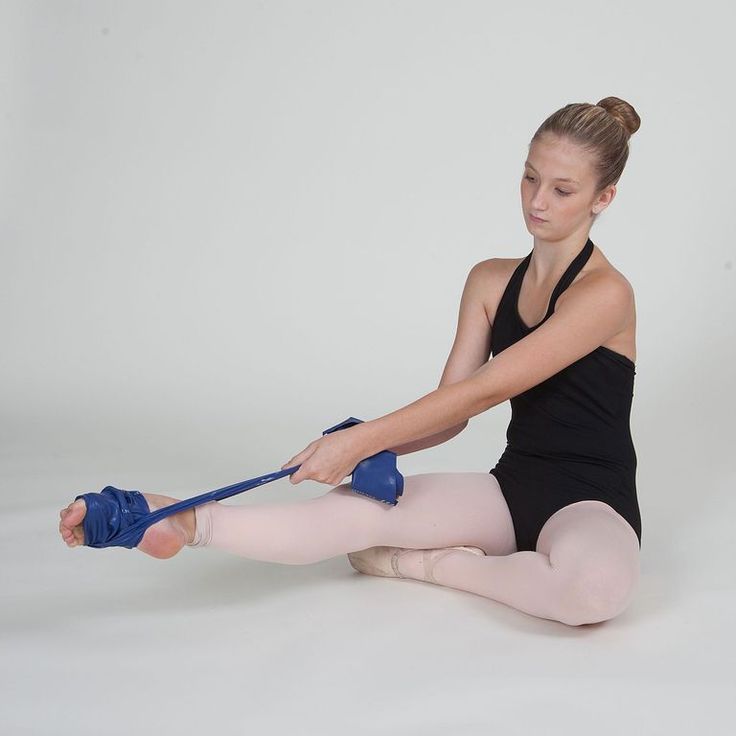 The logic behind this is that due to the excessive weight, this will increase your natural pointe flexibility. The truth is you can permanently damage ligaments by stretching them beyond their natural range of motion; which means rather than having better feet, you become weak and unstable on demi-pointe and pointe, and have reduced control over your feet. Always be gentle when stretching, it's much better to build up your range of movement gradually, rather than causing irreversible damage in one sitting. Be patient, it's worth it!
The logic behind this is that due to the excessive weight, this will increase your natural pointe flexibility. The truth is you can permanently damage ligaments by stretching them beyond their natural range of motion; which means rather than having better feet, you become weak and unstable on demi-pointe and pointe, and have reduced control over your feet. Always be gentle when stretching, it's much better to build up your range of movement gradually, rather than causing irreversible damage in one sitting. Be patient, it's worth it!
Check out the first few exercises in this helpful Thera-band tutorial for some great tips on resistance stretching for your feet.
2. Don't neglect the supporting leg.
Myth number #379 in dance: 'The working leg is the most important leg.' Now, I get the logic here, one leg is stationary and planted firmly on the ground whilst your other leg is precariously trying to execute seven impossible things at the same time, it's earned some favouritism, right? Well.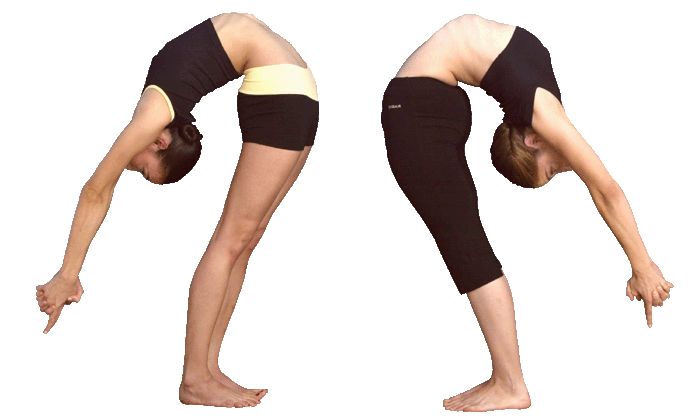 .. no. When working on our pointe, dancers tend to focus only on the working leg - however, it's often what you're doing in a 'relaxed' position that plays a crucial role.
.. no. When working on our pointe, dancers tend to focus only on the working leg - however, it's often what you're doing in a 'relaxed' position that plays a crucial role.
Whilst speaking on the topic of improving arches Vicki Negus, the West Australian Ballet’s resident physiotherapist notes: “[I]f you let your arch collapse when it is weight-bearing, all the bones of the arch have rolled in and will get strong in that rolled position. If you lift your arch when you are standing on it, you are strengthening it in the correct position.” The stronger you build these muscles and the rest of the foot's muscles, the greater control you'll have over the articulation of the foot and the shape of the extended pointe. So keep checking yourself in class and at home, even the worst foot-roller can (with enough determination) overcome their bad habits and make pulled up, engaged muscles a reflex just as natural as breathing.
3. Use your eccentric movements.
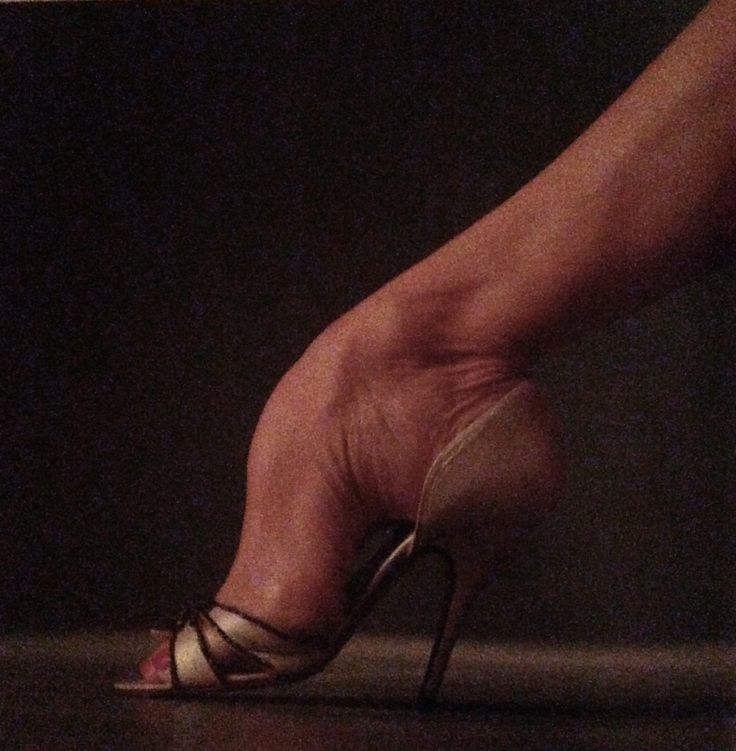
*Note: Not the same as the other kind of 'eccentric' ...although eccentric dancing can be fun too.
Every movement is made up of two stages. There's the concentric stage, which is the 'action' part of a move; for example the extension part of a tendu, or the 'sitting up' part of a sit-up. And then there's the eccentric part, which is when the muscles involved in the movement (that just contracted to allow the action to take place) must elongate again to return the body to it's resting state (ie. the closing portion of a tendu, and the laying-back-down part of a sit-up). The misconception is that muscles that are moving eccentricly can't really be 'worked', they're just passive - like when the leg is returning from a grand battement. However the energy and power it takes to lower the leg with control and replace it in the required fifth position takes an incredible amount of work, and taking advantage of this stage of each exercise will improve every aspect of your dancing to no end. If you want to know just how much control you have of your body's eccentric movements try landing completely silently from a jump, it's eccentric control that allows you to land without a big 'thud', and it's the eccentric phase of a movement that is so crucial to building strength and control. Focusing on working the muscles of the foot through the eccentric stage of each exercise will give you much greater control and manipulation over your pointe.
If you want to know just how much control you have of your body's eccentric movements try landing completely silently from a jump, it's eccentric control that allows you to land without a big 'thud', and it's the eccentric phase of a movement that is so crucial to building strength and control. Focusing on working the muscles of the foot through the eccentric stage of each exercise will give you much greater control and manipulation over your pointe.
4. Fake it.
No this isn't us advocating getting 'arch implants' or anything crazy like that (that was a joke, but let's be honest it's probably a thing somewhere...). Short of actually breaking your feet, the best way to improve your articulation and enhance the instep is to 'fake' great articulation. Just think, if you had the MOST incredibly supple, bendy, fluid feet with incredible arches, you would take advantage of every single count of music and every développé to show them off, wouldn't you? From now on, when you're in class try visualising the exact feet you would like and maintaining that perception all through class - treat every exercise like a chance to show them off.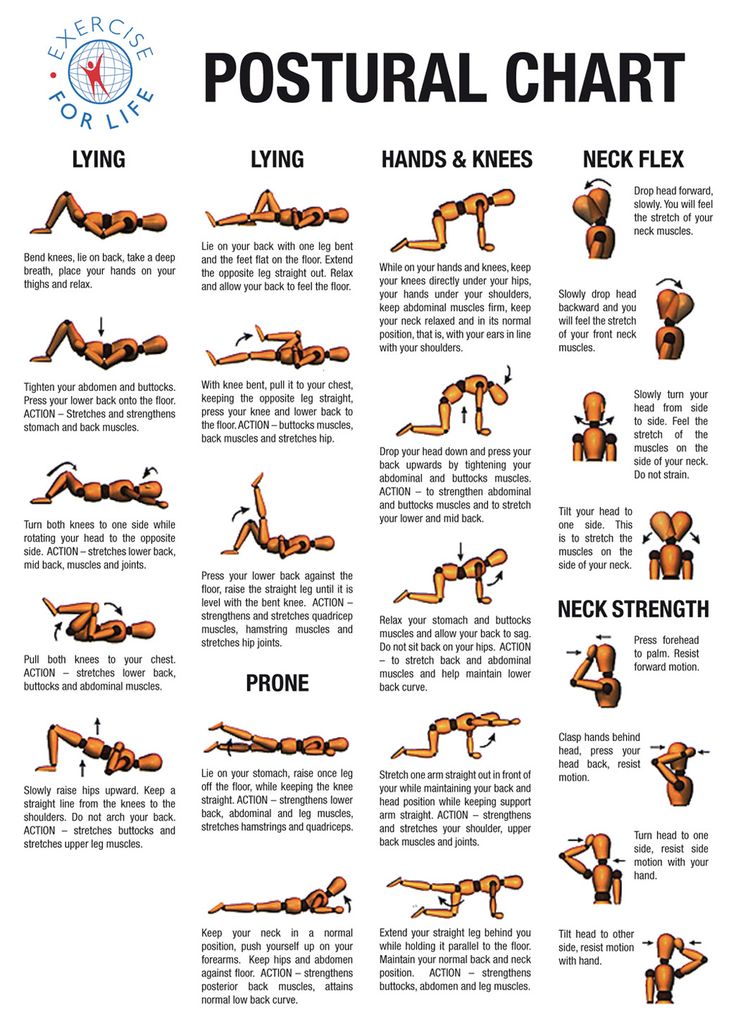 This way you'll be working through the feet as much as possible, which will have your feet getting stronger and more pliable in no time. Whilst at first this kind of concentrated focus might take a lot of effort, having the discipline to isolate your muscles like this will build muscle memory of the feel and routine of properly working and engaging your feet, and eventually proper articulation will become second nature.
This way you'll be working through the feet as much as possible, which will have your feet getting stronger and more pliable in no time. Whilst at first this kind of concentrated focus might take a lot of effort, having the discipline to isolate your muscles like this will build muscle memory of the feel and routine of properly working and engaging your feet, and eventually proper articulation will become second nature.
5. Expand your focus.
If you want to make significant improvements to your pointe, you can't just focus on the muscles in the feet, you want to build strength and stability in all the muscles that are involved in the process of plantar flexion (ie. 'pointing').
The muscles that should be focused on are these muscles of the posterior calf:
Source: http://images.slideplayer.com/14/4311227/slides/slide_15.jpg
Gastrocnemius
Soleus
Tibialis posterior
Flexor hallucis longus/brevis
Flexor digitorum longus/brevis
Peroneus longus/brevis
This stretching and strengthening exercise for feet and calves is a good way to work through these muscles in unison:
Calf raises through plié
With your feet in parallel, standing at the barre or near a table or chair for balance, bend into a demi plie keeping the knees directly over the toes.

Whilst in the plie position, gradually lift your heels off the ground, rolling up through the intrinsic muscles of the foot and extending to your highest demi-pointe.
Keeping the heels as lifted as possible, straighten the knees so you’re standing in a turned in first position on demi pointe.
Now slowly lower the heels returning to a relaxed position. Repeat several times, then perform with the feet in first and second position.
Finally, repeat the whole process in reverse, starting with a rise onto demi-pointe, then gradually bending the knees to a demi plie-level, and (working the feet as much as possible) slowly lowering the heels, maintaining the plie, before finally straightening.
6. Consistency.
Giving yourself the most thorough foot workout is wonderful of course, but even the best stretching session isn't going to do you any good if you don't follow through. It's not enough to concentrate on your feet once a month, or once a week. If you really want to see improvements you've got to think about your feet each time you're in class and continue doing exercises and strengthening your feet and ankle muscles daily. The more consistent you can be with your habits the better the results you'll have.
It's not enough to concentrate on your feet once a month, or once a week. If you really want to see improvements you've got to think about your feet each time you're in class and continue doing exercises and strengthening your feet and ankle muscles daily. The more consistent you can be with your habits the better the results you'll have.
Also - Don't forget to balance out all this extra training, you need to ensure that an increase in muscle use doesn't lead to stiff, tight calves which will end up impeding your dancing. Here's a great video with some exercises to release your calves and activate the gluteal muscles to restore some balance to your training: Calf release and glute activation for dancers.
...And finally, our last tip:
7. Balance is key.
Always, always, always aim for a balance between strength and flexibility. It's so important to understand the complementary role these two play; there's no use being able to bend your toes to the floor if you can't hold them there without wedging your feet under the couch. Just like there's no point being able to do splits if you don't have the muscles to lift and support the leg in a Penché. Flexibility is like a key, it gives you the potential to be able to do something specific. However it's strength that gives you the ability to execute that potential. The only way to really improve your feet, is if you have enough strength to control the additional pliancy you've gained through stretching.
Just like there's no point being able to do splits if you don't have the muscles to lift and support the leg in a Penché. Flexibility is like a key, it gives you the potential to be able to do something specific. However it's strength that gives you the ability to execute that potential. The only way to really improve your feet, is if you have enough strength to control the additional pliancy you've gained through stretching.
Slow, controlled rises through the demi pointe, first with both feet and then on a single supporting leg is a great exercise to incorporate into your warm-up. Remember to be just as conscious of your technique and control during the eccentric (lowering) part of the exercise.
So there you have it, we hope this advice has helped you not just improve your pointe, but to also understand how certain exercises benefit the body (as well as what things don't) so that you can make safe decisions with your dance training and avoid unnecessary injury.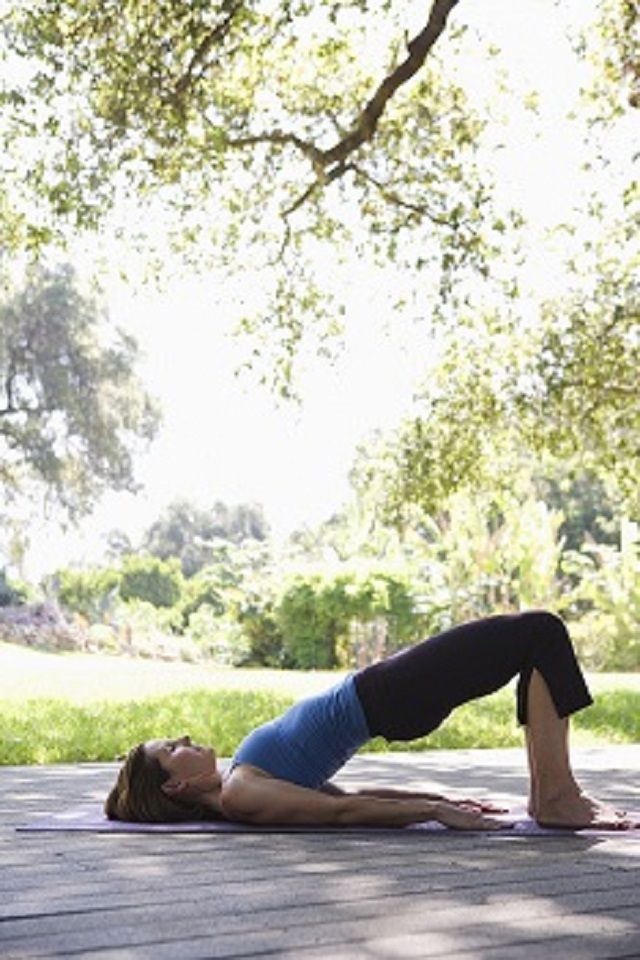 Keep practising and improving your range of movement and you can look forward to a whole new pointe.
Keep practising and improving your range of movement and you can look forward to a whole new pointe.
Happy dancing!
Need some help with your turnout too? We've got that sorted too. Here's everything you need to know to improve your turnout: Turning out better.
Article by Elly Ford
Read More:
6 Simple Exercises for Improving Ankle Strength
Rehearsal Ready: Simple Steps to Prepare Your Mind and Body
Pointe Shoe Care: Tips to Make Your Pointe Shoes Last
Dance Advice, Pointe info, Advice + Tips, Most PopularEnergetiksballet, dance tips, dance advice, arches, better feet, improving your feet, improving your pointe, getting better feetComment
0 LikesHow can I safely improve my arches?
Most dance forms look for “line”, that curvilinear continuity through the body that can be so aesthetically pleasing to the viewer and create the illusion of great length from fingertips to toes.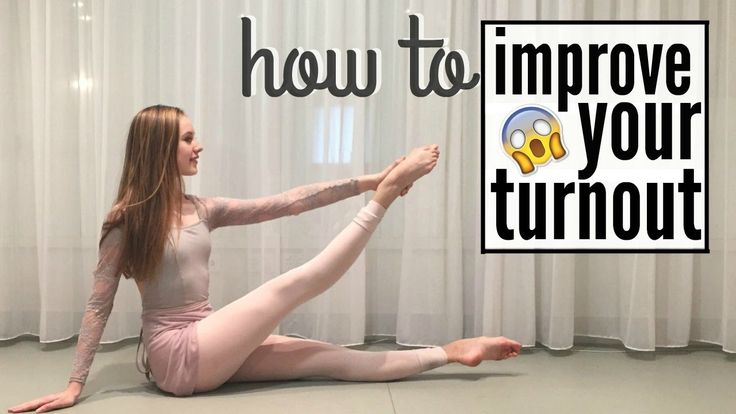 One particular line that is difficult to train for but still desired is that of the foot and what makes up our “pointe”. The overall shape of our pointe comes mainly from two curves: the one from the shin to the top of the foot, and the one under the sole of the foot. There is certainly mathematical beauty in the ratio of these two curves.
One particular line that is difficult to train for but still desired is that of the foot and what makes up our “pointe”. The overall shape of our pointe comes mainly from two curves: the one from the shin to the top of the foot, and the one under the sole of the foot. There is certainly mathematical beauty in the ratio of these two curves.
With great advice from Dr. Carrie Skony, a Chiropractic Sports Physician who specializes in treating dancers, we’ve put together some useful information you can use to safely strengthen and improve your arches and your pointe.
Safety in stretching and things to avoid
Our feet are made up of many small irregularly-shaped and long bones that fit together snugly and are held together by strong ligaments that allow for some movement between the bones. It’s important that the foot naturally allows some movement between the bones so that you can do things like adapt to different terrains, but you don’t want to have so much movement that your foot is being pulled in different directions when you put a lot of forces on it. And we do put a lot of forces on it! Just walking results in ankle joint compression forces up to five times bodyweight, and up to 13 times bodyweight when we run.
And we do put a lot of forces on it! Just walking results in ankle joint compression forces up to five times bodyweight, and up to 13 times bodyweight when we run.
You can see then that it’s critical for the ligaments to stay very strong to hold the bones together. What we have with bones and ligaments are called passive structures – they can’t contract and can’t stretch and return to their original shape like muscles and other soft tissues can. Ligaments can naturally stretch a little bit, but they aren’t very elastic, so if they get overstretched they can stay over-stretched and even tear. We definitely want to stretch our feet in a way that stretches muscles, but in pursuit of a better pointe we also run the risk of overstretching ligaments! Because of this, we need to avoid doing too much to stretch out the top of the foot.
“Not all feet need stretching to obtain an ideal arch,” says Dr. Skony. “It’s important for dancers to know that they can cause injury in the foot with aggressive or forced stretching in an effort to improve their arches.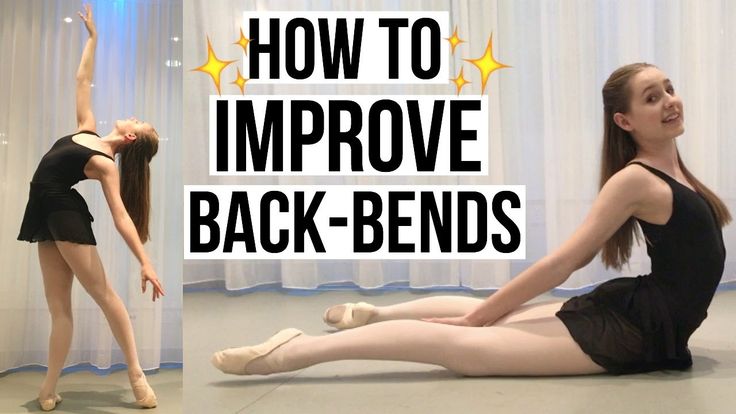 ”
”
Avoid doing things that press really hard on the top of the foot and force the foot and ankle into an extreme position. Examples include putting your feet under something heavy like the edge of your couch and using devices made for stretching the foot that have a stiff or solid upper. You need to be careful with those devices even if they have a soft or stretchy upper and be sure to use them safely. This means not just putting your foot in it and sitting there in the stretch; it means using it more like a resistance band to actively push against the resistance to strengthen your muscles through that full range of motion.
Because of the risks, however, Dr. Skony doesn’t recommend using these devices at all. “Foot stretchers may appear to improve the arch but often at the cost of creating ligament laxity within the foot, or an impingement of soft tissues or bones in the back of the ankle, both of which can be side-lining or career ending injuries for a dancer.”
Instead of traditional stretching, using balls of various sizes and stiffness can also help you use massage and pressure to stretch out various parts of the foot and lower leg.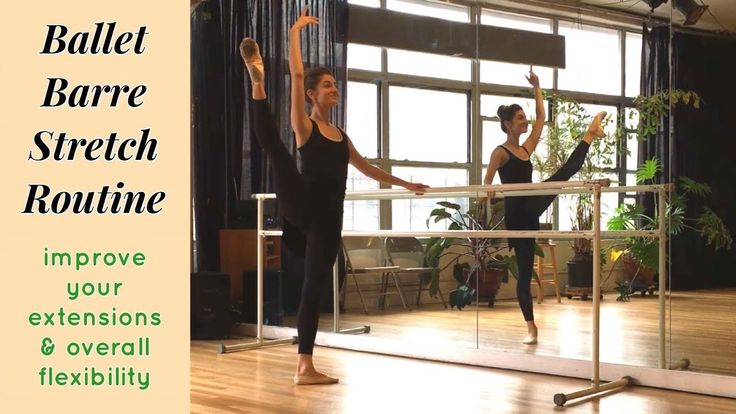
As with any stretch, you should already be warm, only go to the point of tension and not to pain, make sure you are maintaining proper alignment (no rolling-in and no sickling), and make sure you are not crunching your joints like the back of your ankle.
Side view of human right foot muscles anatomy model isolated on white, clipping path.
Strength and intrinsic vs extrinsic muscles
The safest and most functional way to improve your arches is to do it through strength! Muscles that control foot movement are located both inside the foot, which are intrinsic to the foot, and in the lower leg, which are called extrinsic.
The extrinsic muscles control ankle movement including flexing the foot up (dorsiflexion) and pointing the foot down (plantar flexion) in addition to extending the toes up and flexing them down. That’s right – muscles in your lower leg contribute to pointing your toes! The intrinsic muscles help keep the bones of the foot together and also contribute to contracting the sole of the foot while pointing.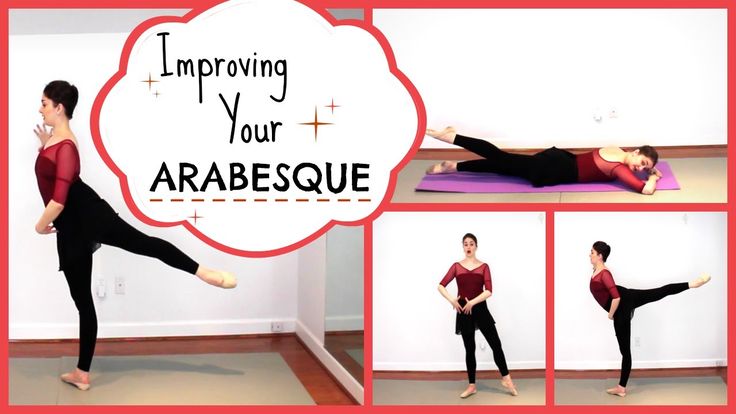
Strengthening these muscles will improve the look of your arch and the stability of your foot and ankle, a bonus that is incredibly important for both artistic performance and injury prevention.
As Dr. Skony points out, “Improved intrinsic strength in the foot will not only improve the look of your arch in the air, but also protect your foot, ankle and knee from injury on the supporting leg. Weak intrinsic muscles in the supporting foot can lead to overpronating the foot, and contribute to common dance injuries including bunion formation, sesamoiditis, FHL tendonitis and plantar fasciitis, not to mention abnormal stresses farther up the kinetic chain in the knee and hip.”
Exercises that strengthen intrinsic foot muscles
Dr. Skony recommends a slew of different exercises that strengthen and shape the foot.
Short foot exercise: Keep the ball of the foot in contact with the floor and the toes long while lifting the arch using the muscles in the midfoot.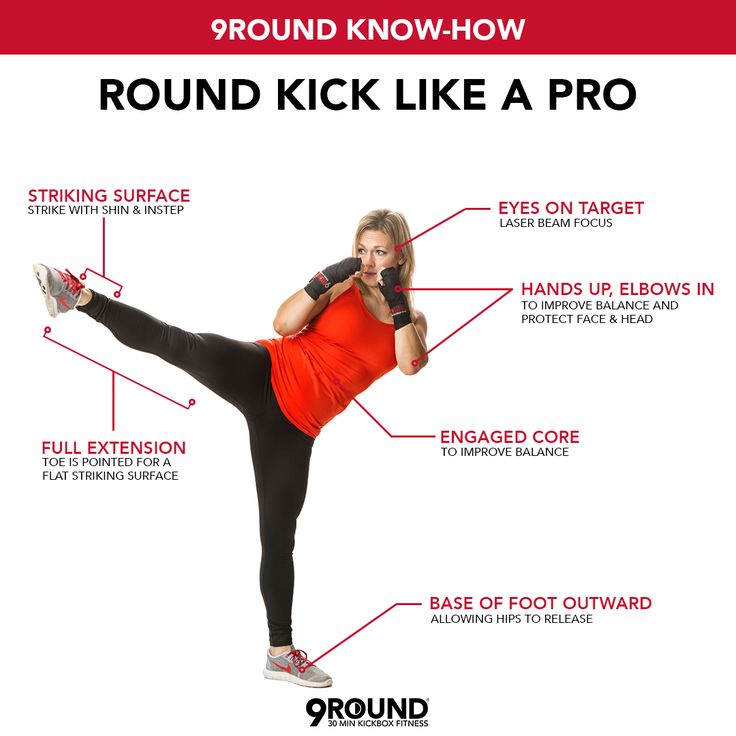 Try not to grip on the top of the foot or ankle. Learn this exercise in a seated position. Once you improve, you can progress to a parallel standing position, then turned-out position, and finally a single leg stance. You can also do it while in plie, and also trying to feel the same muscles working when pointing their foot off the ground, as in moving into a tendu or when the foot is en l’air. “For good intrinsic foot control, it’s imperative that a dancer can perform short foot exercise well,” Dr. Skony says.
Try not to grip on the top of the foot or ankle. Learn this exercise in a seated position. Once you improve, you can progress to a parallel standing position, then turned-out position, and finally a single leg stance. You can also do it while in plie, and also trying to feel the same muscles working when pointing their foot off the ground, as in moving into a tendu or when the foot is en l’air. “For good intrinsic foot control, it’s imperative that a dancer can perform short foot exercise well,” Dr. Skony says.
Piano toes: Perform a short foot exercise but with toes lifted (extended), then slowly lower the toes to the ground one by one as if playing a piano, trying to use each toe separately. Do this going in both directions. Try it seated and standing.
Toe spreading: Separate the toes apart from each other and away from the midline of the foot, without flexing or extending the toes. “This can help prevent drifting of the big toe inward as we see in bunion formation,” Dr.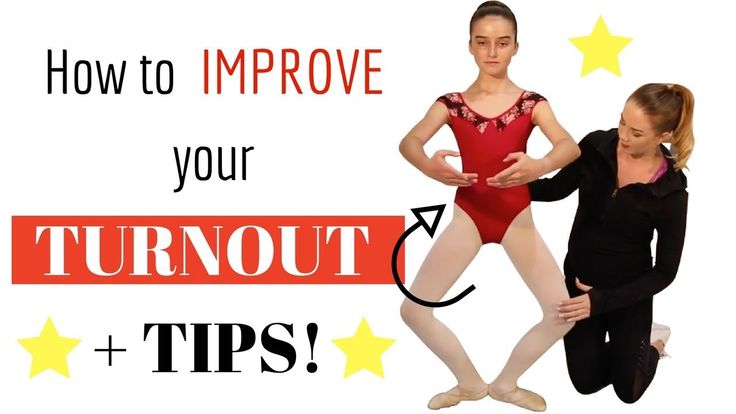 Skony explains.
Skony explains.
Shimmy squat: Stand in parallel with both feet in short foot position and toes lifted off the ground, and plie into a comfortable squat position (keep knees over toes). While maintaining contact on the floor through the balls of the feet and the heels, shimmy your feet forward one at a time to shuffle forward across the room, maintaining arch height the entire time.
Dr. Skony does not recommend scrunching a towel with your toes because it promotes overuse of the flexors, and she suggests using a resistance band with the ankle pointed into its full range first so that you’re moving the toes independently of the ankle. Just remember to keep the toes long and not curled under.
Remember to do your stretches after strengthening and warm-up! After doing these exercises would be a great time to stretch the extrinsic muscles. “Calf stretching should be a part of every dancer’s routine,” says Dr. Skony. “Remember to stretch the calf muscles with the knee both straight and bent.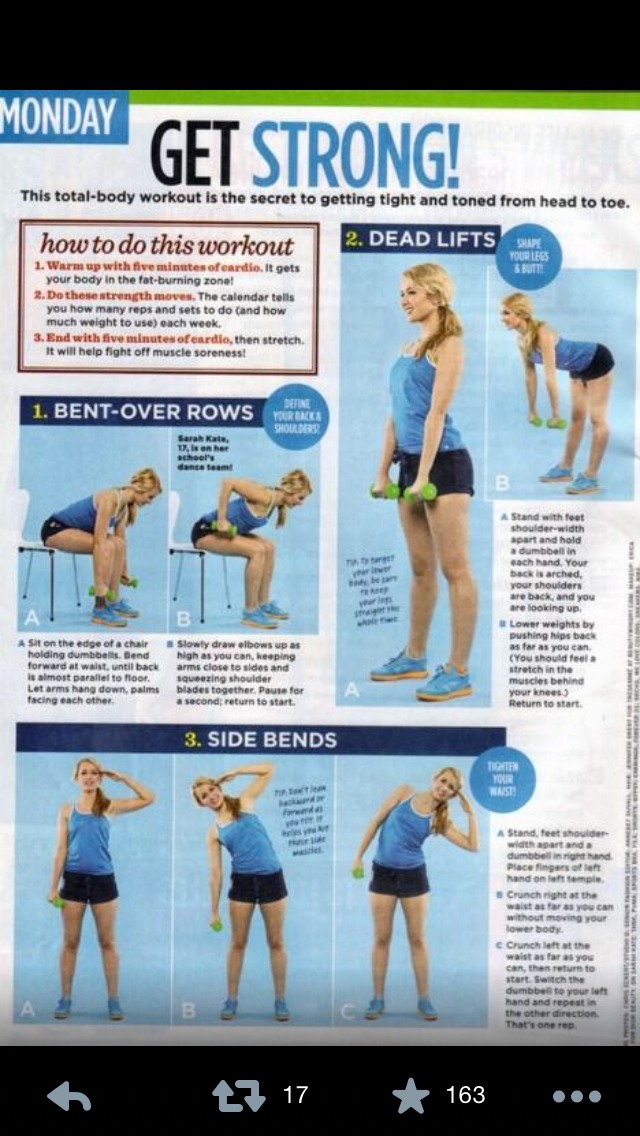 You can do this either at the base of the wall, or in a lunge stretch, or in a downward dog-type position. A safe way to stretch the top muscles that run along the top of the ankle include a seated stretch where you tuck one foot underneath your chair with foot pointed and toes are tucked under and gently encourage your ankle to move forward just until you feel a stretch in the muscles that go across the top of the ankle.”
You can do this either at the base of the wall, or in a lunge stretch, or in a downward dog-type position. A safe way to stretch the top muscles that run along the top of the ankle include a seated stretch where you tuck one foot underneath your chair with foot pointed and toes are tucked under and gently encourage your ankle to move forward just until you feel a stretch in the muscles that go across the top of the ankle.”
Other things to think about
There are other activities you can do for overall cross-training that are generally safe for dancers and will strengthen the foot. Some examples of this include: some styles of yoga where safely moving through various flows requires you to work on strength and endurance of the muscles that control the foot and ankle; running and/or walking in appropriate shoes and with good form; certain dance techniques such as pointe work, as it requires great strength even while in a stretched position; and Graham, as it requires a lot of floorwork that changes the shape and strength of the ankle and foot over time and practice.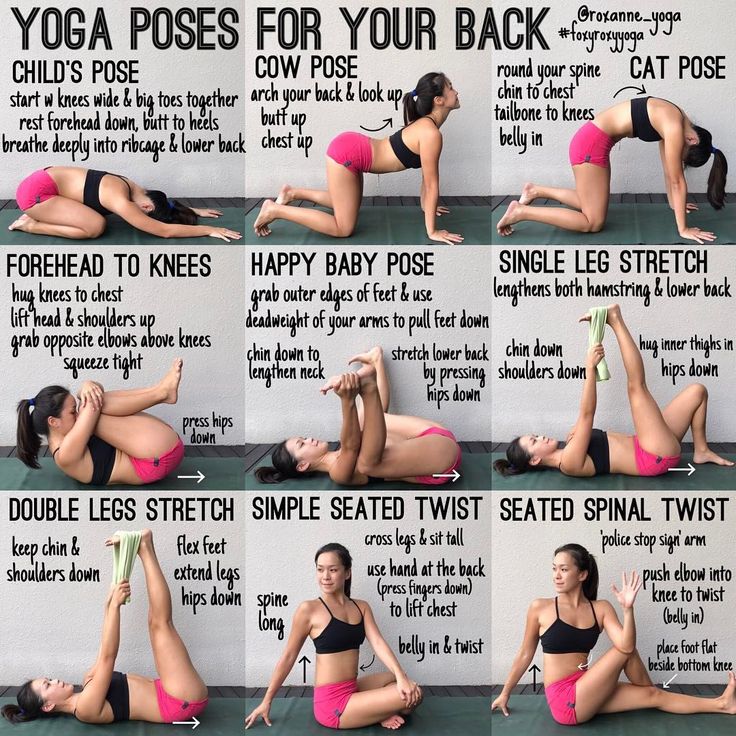 These can be used purely for exercise even if you’ll never do them on stage.
These can be used purely for exercise even if you’ll never do them on stage.
Proper footwear both in and out of the studio can make a big difference in the health of your feet. Dr. Skony points out that “recent trends in footwear provide little support for feet. Ongoing lack of supportive footwear can greatly increase the risk for foot injuries. Dancers should seek shoes that provide adequate support to the arch of the foot, and also are not too constrictive at the ankle or on the toes.”
By Leigh Schanfein of Dance Informa.
Related Items:advice for dancers, arch stretches, arches, dance health, dance health advice, dancer advice, dancer health, dancer health advice, dancer wellness, Dr. Carrie Skony, flexibility, stretching
5 tips to help you make progress in dancing
Is it possible to quickly improve your dancing skills with a few simple and effective steps? Yes! Read our tips to improve your dance technique.
Whether you're a beginner or an experienced dancer, whether you're into ballet, modern jazz, hip hop, or any other style, these 5 tips will help you reach your peak.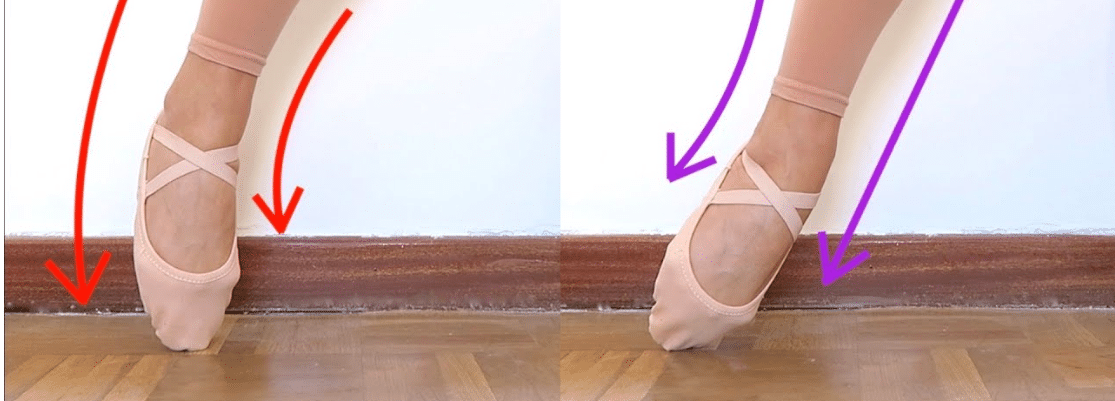
Would you like to change your dance costume while keeping the same clothes? This can be done with a single accessory or piece of clothing - a favorite item that can be worn in many ways. nine0003
Depending on your style of dancing or how you feel at the moment, you can wear this piece however you want right now to give yourself a whole new look.
Your dancewear is part of your expression, so get creative by choosing an outfit that reflects your personality. Mix styles and develop your creativity.
What dancer has not had difficulty maintaining balance during the batman retreat or when performing a pirouette without a somersault? nine0003
To keep a good balance, remember this: when you move into a half-pointe position, automatically think about getting taller, as if someone is pulling you up. Press down on the ground with the foot that touches the floor to keep a firm footing. Also pay attention to the muscles of the core: tighten the stomach, imagining that the navel should touch the spine, and tighten the gluteal muscles.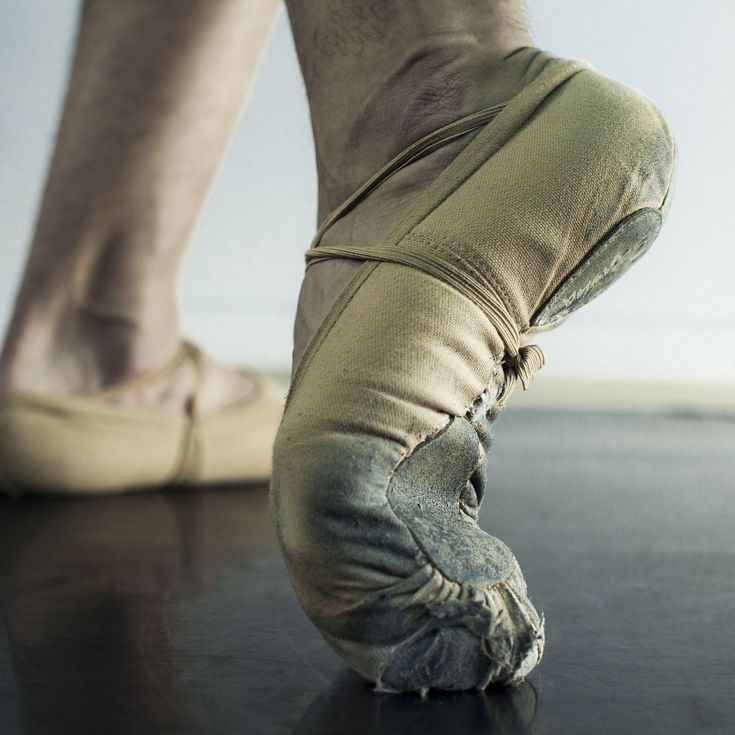
Dancing is not always easy to gracefully express yourself and see your body moving smoothly and elegantly. However, viewers often pay attention to the upper half of the dancer's body. To become more graceful, try to move in a relaxed way and keep a natural expression on your face. No one should notice the slightest sign of effort in your eyes! nine0003
Free your head and let it move, don't tense up. Do not spread or close your fingers as if you are holding something. A good dancer should have "light" hands. Your fingers should be controlled but relaxed (imagine water dripping from your fingertips and focus on the sensation).
Watch how you hold your hand: from the shoulder blades to the very nails. Keep your elbow from "falling" by taking care to support your wrist. Good support and resistance will help you shape curves that are smooth and elegant! nine0003
Flexibility is not required in dance, but it remains a highly sought-after characteristic for many dancers nonetheless. If it is not an innate trait, it can be developed gradually, with patience and care, given the capabilities of your body.
If it is not an innate trait, it can be developed gradually, with patience and care, given the capabilities of your body.
To make your body more flexible, we recommend a special exercise - splits . It is recommended to perform it only under the supervision of trainer ! Find a trainer at All Do Sport to train efficiently and safely. nine0003
First, warm up for 10 minutes, alternating several basic exercises. Sit on the floor with your legs together in a butterfly position and do a few rolls on your back. Then warm up your legs with a few exercises, do a series of jumps and a few deep lunges, and move on to the next:
- Execution: lie on your back and put your feet on the wall. Use your hands to move as close to the wall as possible. Touch the wall with your buttocks. Straighten your legs up and stretch your toes, keeping your feet and knees together. Legs and buttocks should rest on the wall.
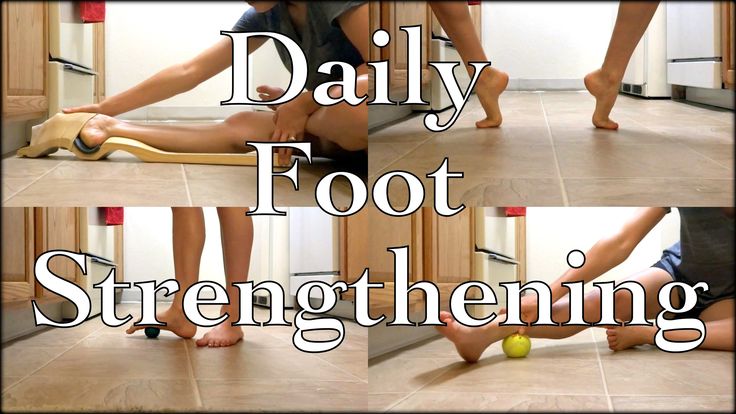 Start slowly spreading your legs apart. Lower them down to the most extreme position. Fix this position and try to relax, allowing gravity to push your legs towards the floor. Lightly press your hands on your feet. Gradually open your legs wider and wider, stretching your muscles. nine0036
Start slowly spreading your legs apart. Lower them down to the most extreme position. Fix this position and try to relax, allowing gravity to push your legs towards the floor. Lightly press your hands on your feet. Gradually open your legs wider and wider, stretching your muscles. nine0036 - Breathing: inhale deeply and exhale slowly throughout the exercise to relax and oxygenate your muscles. This will gradually help your body become more flexible.
- Safety tips: make sure you keep your buttocks firmly against the wall and your back against the floor throughout the exercise. Pull in your stomach and lower your legs as low as possible, but not with force!
Do this exercise once every 15 minutes. nine0003
If you are already flexible enough, put on ankle weights such as Gym Weight Domyos. They will increase muscle tension and add extra inches to your stretch!
Before the performance, it is important to take time for yourself and relax. Every dancer has their own set of tips for overcoming fear on stage. Do you want to know the proven way? Learn to relax through conscious and deep belly breathing.
Every dancer has their own set of tips for overcoming fear on stage. Do you want to know the proven way? Learn to relax through conscious and deep belly breathing.
Really deep breathing brings a sense of calm and awakens your mental powers. It also helps to better oxygenate your muscles. To feel good about your body and mind, do this relaxation exercise while preparing for the performance and on the day of the event itself: nine0003
- Sit with your back against a wall or lie on your back
- Breathe in through your nose, slowly and deeply
- Place one hand on your belly and exhale through your mouth (you can gently press on your belly with your hand)
- Then inhale through the nose, expanding only the belly (the belly should rise)
- Exhale slowly through your mouth. Your exhalation should be slower than your inhalation.
- Repeat the whole sequence three times nine0036
Now you know 5 secrets that will help you improve your dancing skills or just feel good in your body before going on stage. On the day of your performance, forget about everything else and focus on just one thing - the pleasure of dancing!
On the day of your performance, forget about everything else and focus on just one thing - the pleasure of dancing!
Dancehall in St. Petersburg - addresses and reviews
Search for dance schools in St. Petersburg
See on the map
Dance school "Hola Dance"
(5 reviews)
Dance School "El Paso"
(6 reviews)
Dance Studio 25.5 (4th Upper Lane)
(5 reviews)
Other addresses:
Dance Studio 25.5 (Kurskaya St.)
Dance Studio 25.5 (Gulliver Shopping Mall)
Dance Studio 25.5 (Sadovaya St.)
Expand
Dance studio "THE BAT"
(8 reviews)
Dance Center "VALERY"
(7 reviews)
Dance Studio "MIRAXY" (Kantemirovskaya St. )
)
(4 reviews)
Other addresses:
Children's studio "MIRAXY Princess"
Dance studio "MIRAXY" (Shavrova street)
Expand
Dance school "ETAP"
(6 reviews)
Dance studio "DIVA" (Simonova street)
(6 reviews)
Other addresses:
Dance studio "DIVA" (Budapestskaya st.)
Dance studio "DIVA" (Svetlanovsky pr-t)
Dance studio "DIVA" (Moskovsky pr-t)
Expand
Premium dance school "Dega"
(6 reviews)
Dance School "Millenium Dance Studio"
(7 reviews)
Dance club "La Boca"
(11 reviews)
Dance School "ARKA OF THE SUN" (Shlisselburgsky Ave)
(3 reviews)
Other addresses:
Dance school "ARKA SOLNTSA" (Middle Avenue V.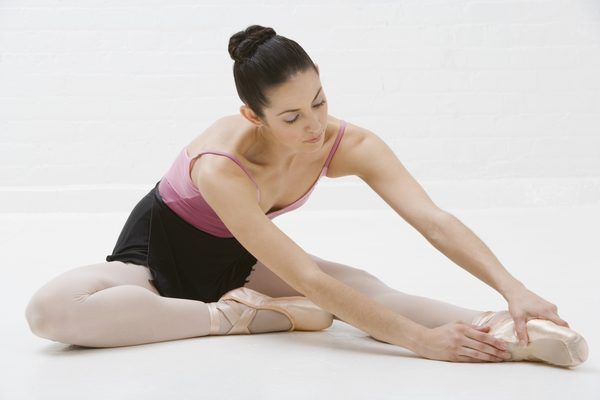 O.)
O.)
Expand
Dance studio "KLUKVA"
(6 reviews)
Show Time Dance Studio
(8 reviews)
Dance House "ProArt"
(2 reviews)
Other addresses:
Dance studio "ProArt" (Yuntolovo)
Dance studio "ProArt" (Pargolovo)
Dance studio "ProArt. Three whales" (Sertolovo)
Expand
Modern dance studio "Next"
(9 reviews)
Dance school "OBLAKO"
(8 reviews)
Dance center "PRODANCES"
(7 reviews)
Dance studio "Silver"
(7 reviews)
Dance Studio "SPB Dance Studio" (Engels Avenue)
(6 reviews)
Other addresses:
Expand
Dancehall is an energetic dance style that originated in Jamaica in the 1980s.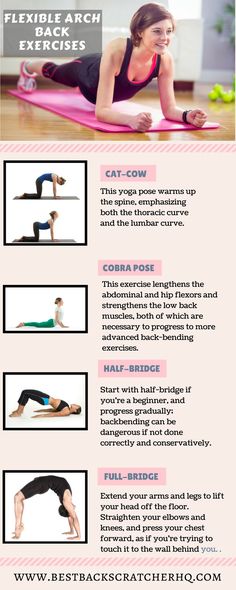 The first to emerge was a genre of music with a similar name, which was based on reggae rhythms. Later, after adding a more active arrangement to these melodies, a style appeared that is known today as dancehall - Jamaican street dance. Despite the fact that he was formed in an island state and is quite young, he managed to win his audience of followers and admirers in various countries of Asia, Europe, North and South America. nine0003
The first to emerge was a genre of music with a similar name, which was based on reggae rhythms. Later, after adding a more active arrangement to these melodies, a style appeared that is known today as dancehall - Jamaican street dance. Despite the fact that he was formed in an island state and is quite young, he managed to win his audience of followers and admirers in various countries of Asia, Europe, North and South America. nine0003
Dancehall is fire, activity, drive. The dances are characterized by feminine movements, often with erotic overtones. But at the same time, they cannot be called vulgar. They include numerous elements and techniques borrowed from other dances (jazz-funk, strip-plastic, twerk, hip-hop, booty-dance and other directions) and built in an original, unique order. Among the main dancehall movements are active movements of the buttocks, hips, and body. Smoothness is interspersed with sudden and energetic beats. In addition to shaking in dances, there may be circular movements of the hips, waves and other choreographic techniques.